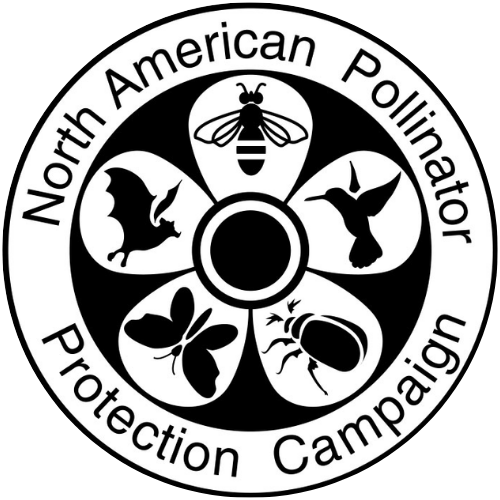Katie Buckley, Washington State Department of Agriculture
Yellow bumble bee on purple sage. Photo courtesy of WSDA.
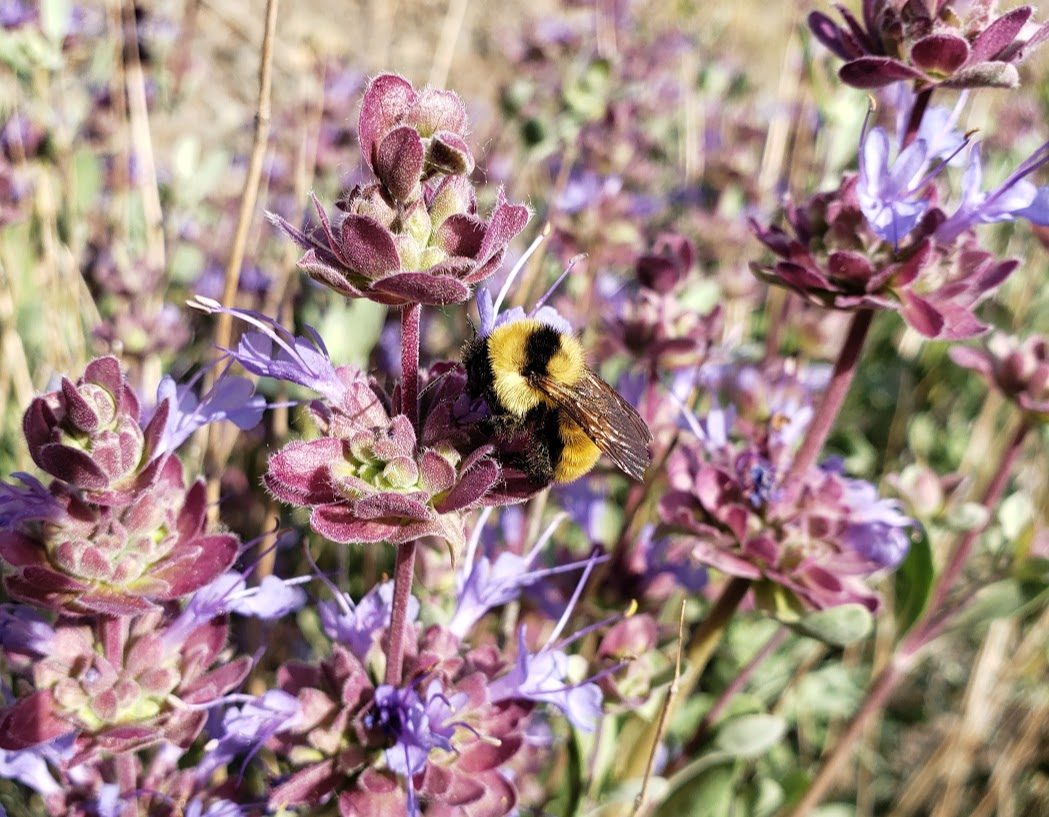
Food, spices, oils, and fibers – pollinators excel at making these items possible. The complexity of the pollinator world is astounding because of the roles they play and their vitality to healthy ecosystems. We celebrate these achievements through the incredible people and projects that are working to conserve pollinators. We hope these stories encourage and empower you to better understand who our pollinators are and what actions you can take to help them.
Washington State is home to a dazzling array of pollinators—more than 600 species of bees, 150 species of butterflies, 1,000 species of moths, four species of hummingbirds, and countless wasps, flies, and beetles. This month we interviewed a pollinator specialist hired by the Washington State Department of Agriculture, Katie Buckley.
Q: How would you describe your work in a few sentences?
A: Since 2019, I’ve worked across the entire state of Washington to publish recommendations-more than 30 of them have been implemented and fully funded- all to conserve pollinators. It’s fascinating to collaborate with industries, agencies and everyday people. It’s a statewide effort, and that’s what makes it so powerful.
Q: What got you interested in pollinators?
A: I’ve got three degrees in entomology, and bees have always been my favorite. My master’s was on pollinators in Florida, and before this role, I worked on invasive species at Washington State University. When this position opened—created by the state legislature—I knew I had to go for it. Washington is second only to California in pollinator-dependent crops like apples and cherries. It’s a big deal here. Everyone loves to eat what Washington grows, so protecting pollinators protects our food supply.
Q: Where is most of your work happening right now?
A: There is a Washington state Pollinator Task Force— used as a sounding board for research and hosts monthly seminar series in the fall and winter to stay connected and current. One of the committees within the task force launched an Emergency Bee Spill Response Program, which is Washington’s first. Then there’s the Washington Bee Atlas, which resulted from one research recommendation before we really realized how critical the information would be.
Variety of flowers and grasses comprise pollinator habitat. Photo courtesy of WSDA.
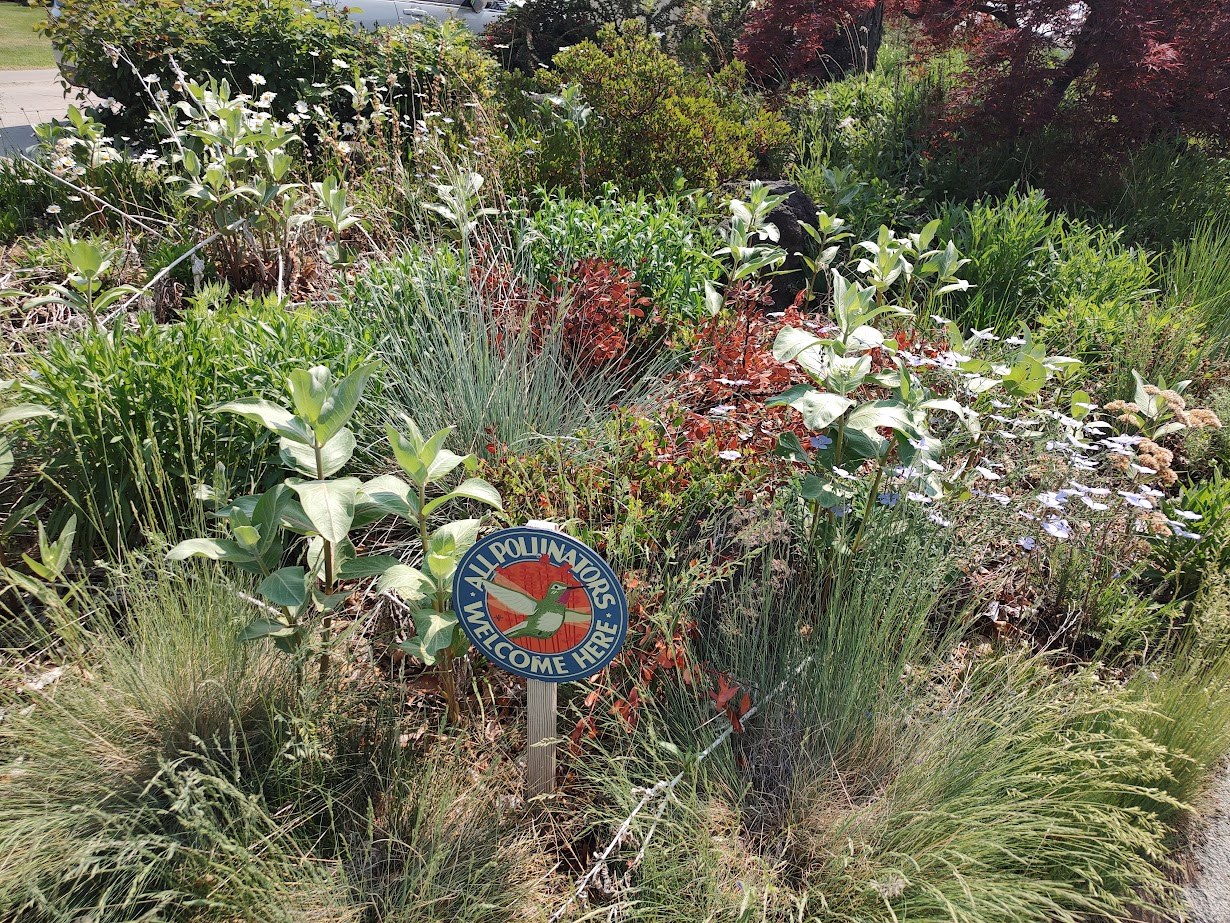
Q: What are your top priorities?
A: Habitat, hands down. Pollinator habitat is now a priority for land management agencies within Washington state thanks to our work. For example, 25% of landscaping in public works projects now must be pollinator habitat. That’s a huge win.
We also conduct bee and plant surveys to understand plant-pollinator relationships. That helps us recommend what to plant where, especially for recovering at-risk species.
Katie Buckley (second from right) with volunteers and partners surveying for the Washington Bee Atlas. Photo courtesy of WSDA.
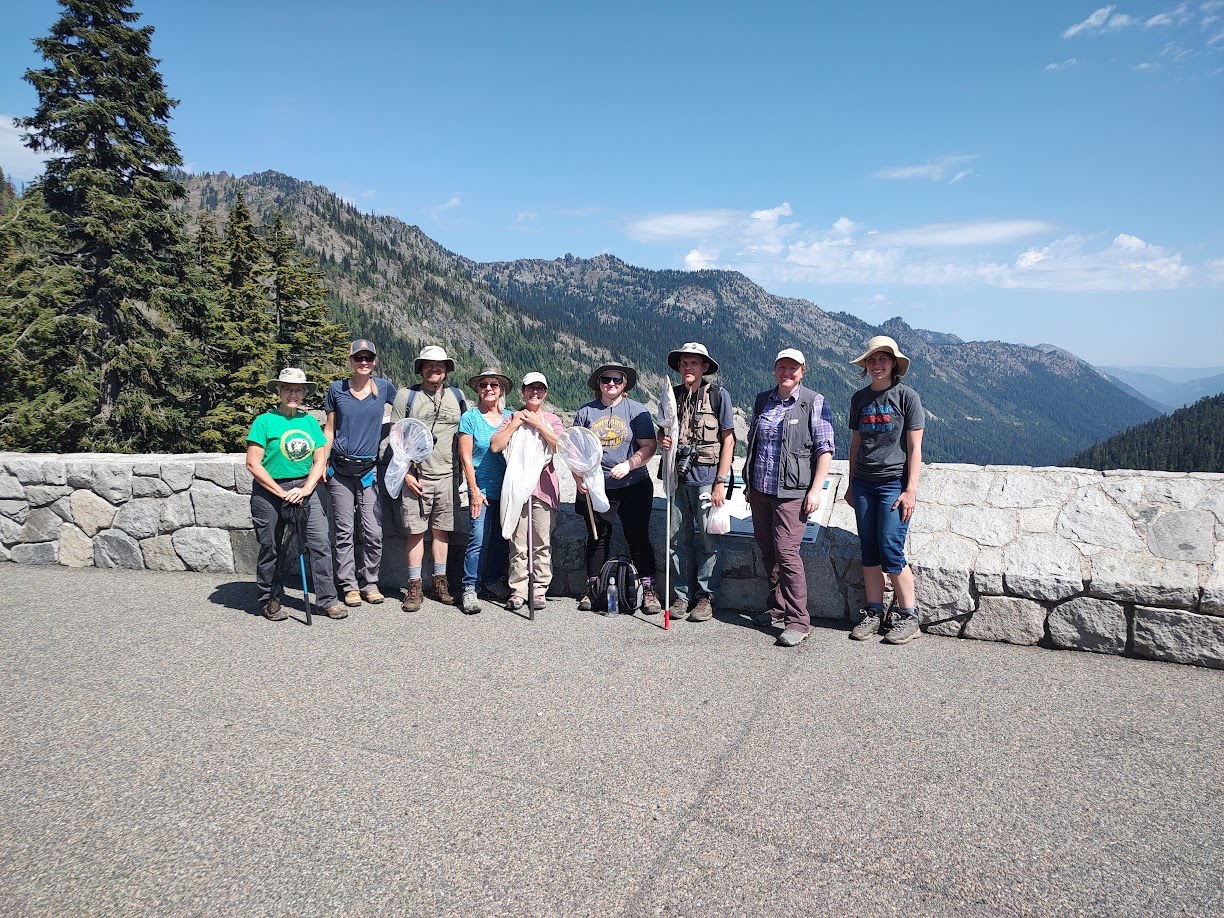
Q: Tell us about the Washington Bee Atlas.
We teamed up with Washington State University to go through museum records and species collections—there are about 600 known bee species in the state, and no one had ever done a full statewide survey. We have more than 300 trained volunteers collecting bees and sending them to us for identification. We’ve found more than a dozen new state records and even a species that had only six records in the entire world before. The Washington Bee Atlas is evolving into something that could support ecological assessments, like what Oregon is already doing.
Q: What’s been your biggest success—and your biggest challenge?
A: Honestly, it’s never what you expect. I was warned this work would be political, and it is—especially around policy and media. We thought pesticides would be the main issue, but it’s more complex. We’ve focused on pesticide education—how to use pesticides better, not just banning them. Two years ago, we tackled neonicotinoids (also known as "neonics"). Neonics are sometimes the only option for specialty crops. In 2024, Washington created a state law prohibiting the non-licensed or non-agricultural use of this pesticide. This was a big step.
There are 12 other states to legislatively restrict these chemicals for residential use: California, Colorado, Connecticut, Maine, Maryland, Massachusetts, Minnesota, Nevada, New Jersey, New York, Rhode Island and Vermont.
Q: What’s something you wish more people understood about pollinators?
Volunteer Lisa Robinson identifying bees for the Washington state bee survey project. Photo courtesy of WSDA.
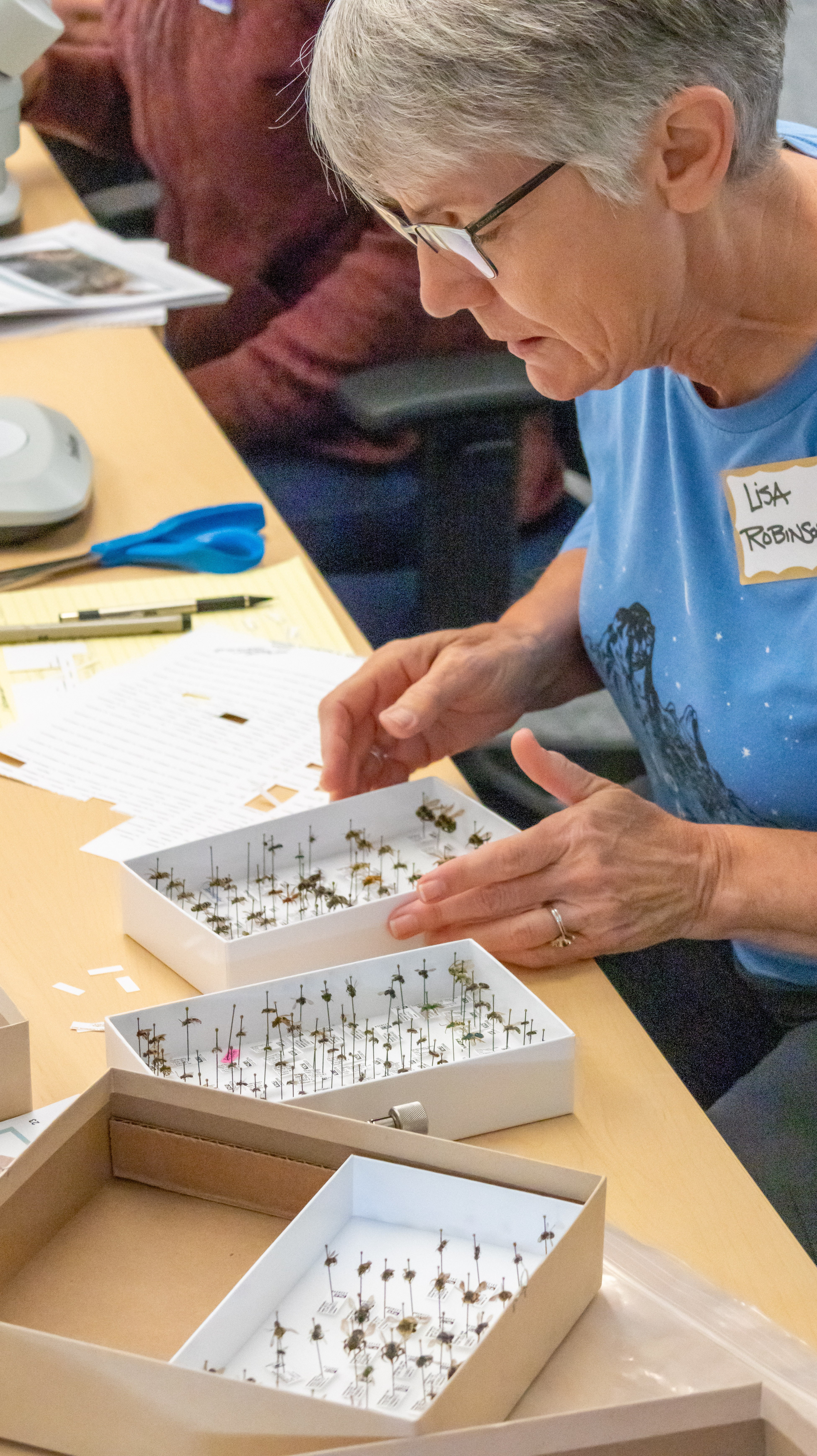
What all pollinators need is habitat. If they don’t have food, they won’t survive. So, plant native species and reduce pesticide use —even if it’s just a pot on your balcony, every little bit helps. And tell others, like your state legislature for policy changes. And hey, if you want to produce your own honey or eggs, you are engaging in local, small-scale agriculture, which is great in a different way.
Q: How can people get involved?
A: Volunteer with the Washington State Department of Ag! If you’re in another state and want to build something like this, reach out—we’re happy to share what we’ve learned. One of the best parts of this job is seeing what everyone else is doing. There are so many ways to collaborate and support each other. It’s exciting to be part of something that’s making Washington better for both people and pollinators.
Alone no individual or entity can address all pollinator conservation needs, but through collaborative conservation we can and will make a difference for pollinators and the ecosystems they help support. Keep following our Pollinator Conservation Spotlight series to hear more inspiring pollinator conservation stories.
Do you know a great project or organization that is addressing critical pollinator conservation topics and deserve their moment under the spotlight? Let us know!
Article contributed by Mara Koenig, USFWS, for the NAPPC Pollinator Communications Taskforce's Pollinator Conservation Spotlight Series. Photos by Washington State Department of Agriculture.

